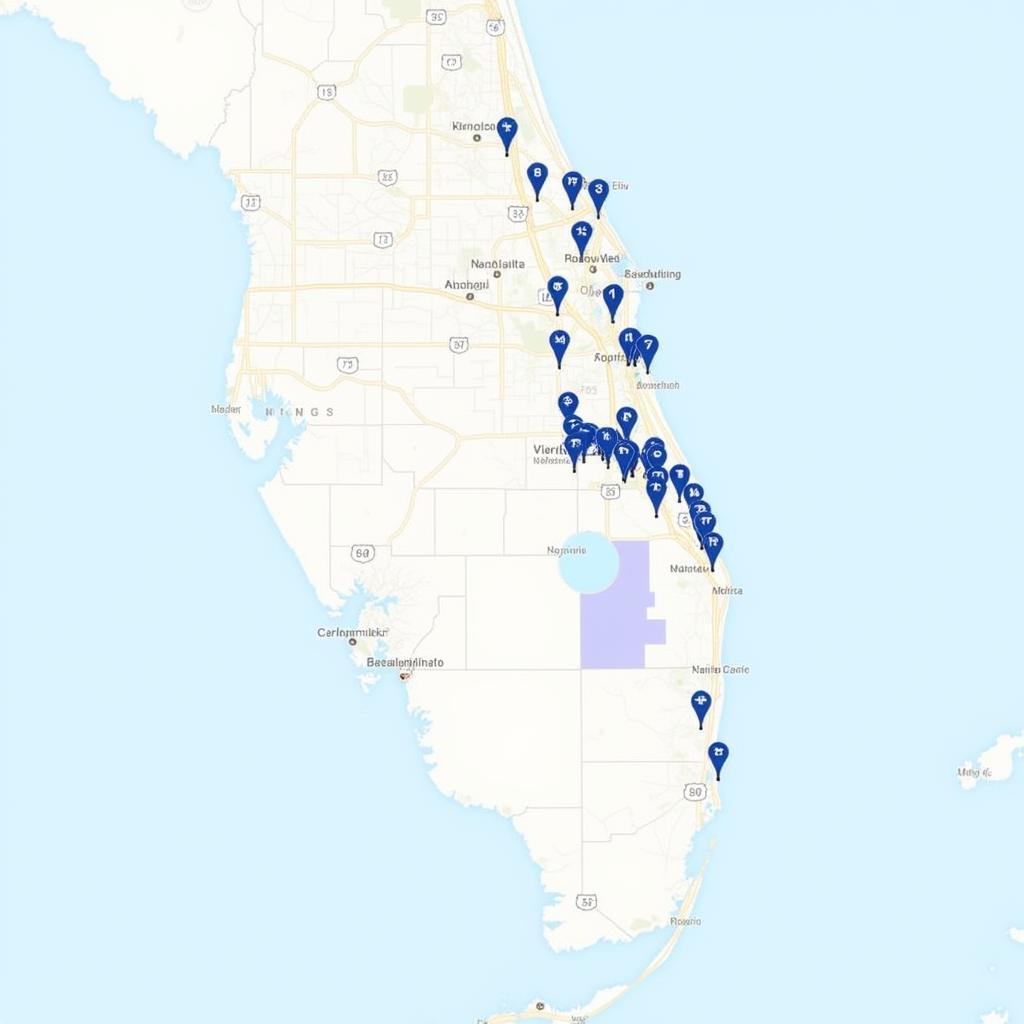What is Mass Air Flow in Service on a Car?
The term “mass air flow” in car service refers to the mass air flow sensor (MAF sensor) and its role in your vehicle’s engine performance. This critical component measures the amount of air entering the engine and communicates that information to the engine control unit (ECU). Why is this important? Let’s delve into the intricacies of the MAF sensor and why it’s crucial for optimal engine operation.
The Vital Role of the Mass Air Flow Sensor
Your car’s engine thrives on a delicate balance of air and fuel. Too much or too little of either element disrupts combustion, leading to reduced performance, poor fuel economy, and potentially harmful emissions. The MAF sensor plays a critical role in maintaining this delicate balance.
The MAF sensor is typically located in the intake tract between the air filter and the throttle body. As air flows through the intake, it passes over a heated element within the sensor. The sensor measures the amount of heat required to maintain a constant temperature difference between the air stream and the heated element. This measurement directly correlates to the mass of air flowing into the engine.
How the MAF Sensor Impacts Engine Performance
The data from the MAF sensor is continuously relayed to the ECU, the brain of your car’s engine management system. The ECU utilizes this information to calculate the optimal amount of fuel to inject into the engine for efficient combustion. Here’s how the MAF sensor influences key aspects of engine performance:
Fuel Injection and Air-Fuel Ratio
The primary function of the MAF sensor is to ensure the correct air-fuel ratio, ideally around 14.7:1 for gasoline engines. This means 14.7 parts of air are mixed with 1 part of fuel for optimal combustion. The ECU, guided by the MAF sensor’s data, adjusts the fuel injectors to deliver the precise amount of fuel needed to maintain this ratio.
Ignition Timing
The MAF sensor also indirectly influences ignition timing. By providing accurate air mass readings, it allows the ECU to optimize the timing of the spark plugs. Precise ignition timing ensures that the air-fuel mixture ignites at the optimal moment, maximizing power and efficiency.
Common MAF Sensor Problems and Symptoms
Like any other component in your vehicle, the MAF sensor is susceptible to wear and tear. Here are some common issues that can arise:
- Contamination: Dirt, debris, or oil from the engine can accumulate on the sensor’s heated element, affecting its accuracy.
- Electrical Faults: Wiring issues or damage to the sensor itself can disrupt the signal to the ECU.
- Sensor Failure: Over time, the sensor’s internal components can degrade, leading to inaccurate readings or complete failure.
When the MAF sensor malfunctions, it can manifest in a variety of symptoms:
- Check Engine Light: The ECU will trigger the check engine light if it detects inconsistent or out-of-range readings from the MAF sensor.
- Rough Idling: An imbalanced air-fuel ratio caused by a faulty MAF sensor can lead to rough idling and engine stalling.
- Poor Acceleration: Inaccurate air mass readings can hinder the engine’s ability to respond to acceleration commands.
- Reduced Fuel Economy: An incorrect air-fuel mixture disrupts combustion efficiency, leading to increased fuel consumption.
- Black Smoke from Exhaust: Black smoke from the exhaust indicates incomplete combustion, often a symptom of a rich fuel mixture due to a malfunctioning MAF sensor.
 Mechanic Using a Diagnostic Scanner
Mechanic Using a Diagnostic Scanner
Maintaining Your MAF Sensor
Regular maintenance can prolong the lifespan of your MAF sensor and ensure optimal engine performance. Here are some tips:
- Air Filter Replacement: A clean air filter prevents dirt and debris from reaching the MAF sensor. Follow the manufacturer’s recommendations for air filter replacement intervals.
- MAF Sensor Cleaning: Periodically cleaning the MAF sensor with a specialized cleaner can remove contaminants and restore its accuracy. Consult your owner’s manual or a trusted mechanic for guidance on cleaning procedures.
- Timely Diagnosis and Repair: If you experience any of the symptoms mentioned earlier, have your vehicle inspected by a qualified mechanic promptly to diagnose and address any potential MAF sensor issues.
Conclusion
The mass air flow sensor, though often overlooked, is an unsung hero in your car’s engine management system. It plays a vital role in maintaining the delicate balance of air and fuel, ensuring optimal performance, fuel efficiency, and reduced emissions. By understanding its function, recognizing potential problems, and adhering to regular maintenance practices, you can keep your engine running smoothly and efficiently for miles to come.
FAQs
1. How long does a MAF sensor last?
The lifespan of a MAF sensor can vary depending on driving conditions and maintenance, but they typically last between 75,000 to 100,000 miles.
2. Can I clean my MAF sensor myself?
Yes, you can clean the MAF sensor yourself using a specialized MAF sensor cleaner. However, it’s crucial to follow the instructions carefully and handle the sensor with caution to avoid damage.
3. What happens if I drive with a bad MAF sensor?
Driving with a bad MAF sensor can lead to reduced engine performance, poor fuel economy, increased emissions, and potential damage to other engine components. It’s best to address any MAF sensor issues promptly.
4. How much does it cost to replace a MAF sensor?
The cost of replacing a MAF sensor can vary depending on the make and model of your vehicle. On average, you can expect to pay between $150 to $400 for parts and labor.
5. Can a bad MAF sensor cause my car to fail emissions testing?
Yes, a malfunctioning MAF sensor can disrupt the air-fuel ratio, leading to increased emissions and potentially causing your car to fail emissions testing.
Need further assistance with your car’s MAF sensor or other automotive concerns?
Don’t hesitate to reach out to our expert team. You can contact us via WhatsApp: +1(641)206-8880, or Email: [email protected]. Our dedicated customer support team is available 24/7 to provide guidance and schedule appointments.

